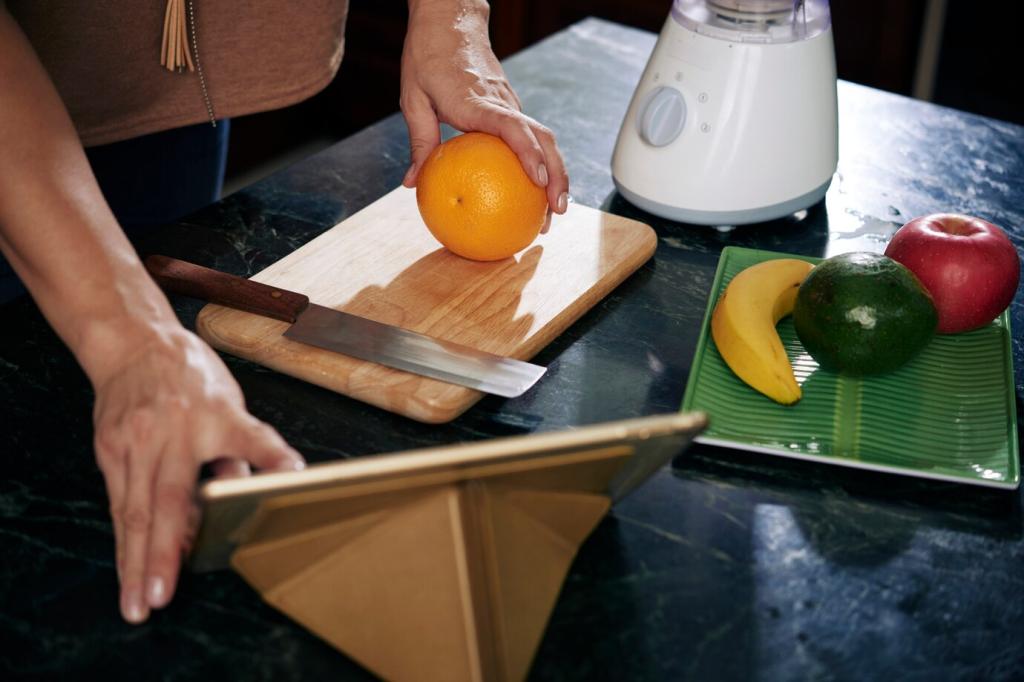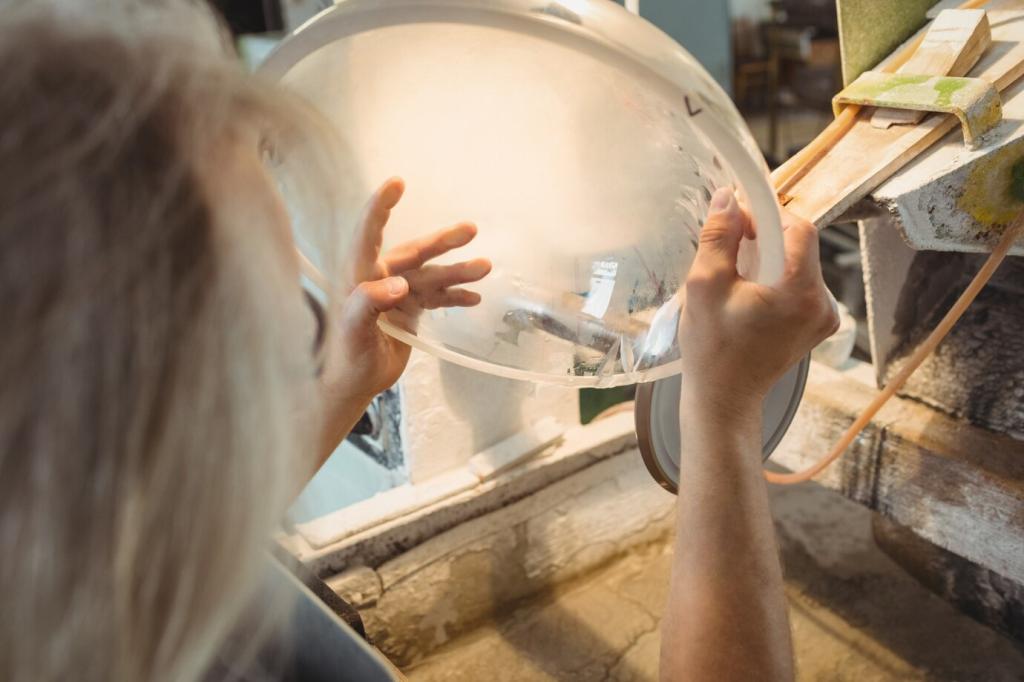Know the Piece: Materials, Weak Points, and History
Mahogany, walnut, and oak move differently with humidity, while veneers and inlays can shear under stress. Identify finishes, loose glue lines, and brittle shellac to plan gentler handling, choose protective wraps, and avoid trapping moisture that might bloom or imprint.
Know the Piece: Materials, Weak Points, and History
Never lift by arms, crests, or decorative rails. Check for wobble at mortise-and-tenon joints, cracked drawer runners, or loose casters. If a chair squeaks or a dresser shifts unevenly, reinforce with soft straps around the carcass, not fragile extremities, before any movement.
Know the Piece: Materials, Weak Points, and History
Old screw holes, mismatched hardware, and non-original glue tell stories about past fixes and hidden weaknesses. Photograph details, label concerns, and share notes with helpers. A brief history review often prevents the exact crack that a hasty lift might cause.
Know the Piece: Materials, Weak Points, and History
Lorem ipsum dolor sit amet, consectetur adipiscing elit. Ut elit tellus, luctus nec ullamcorper mattis, pulvinar dapibus leo.





